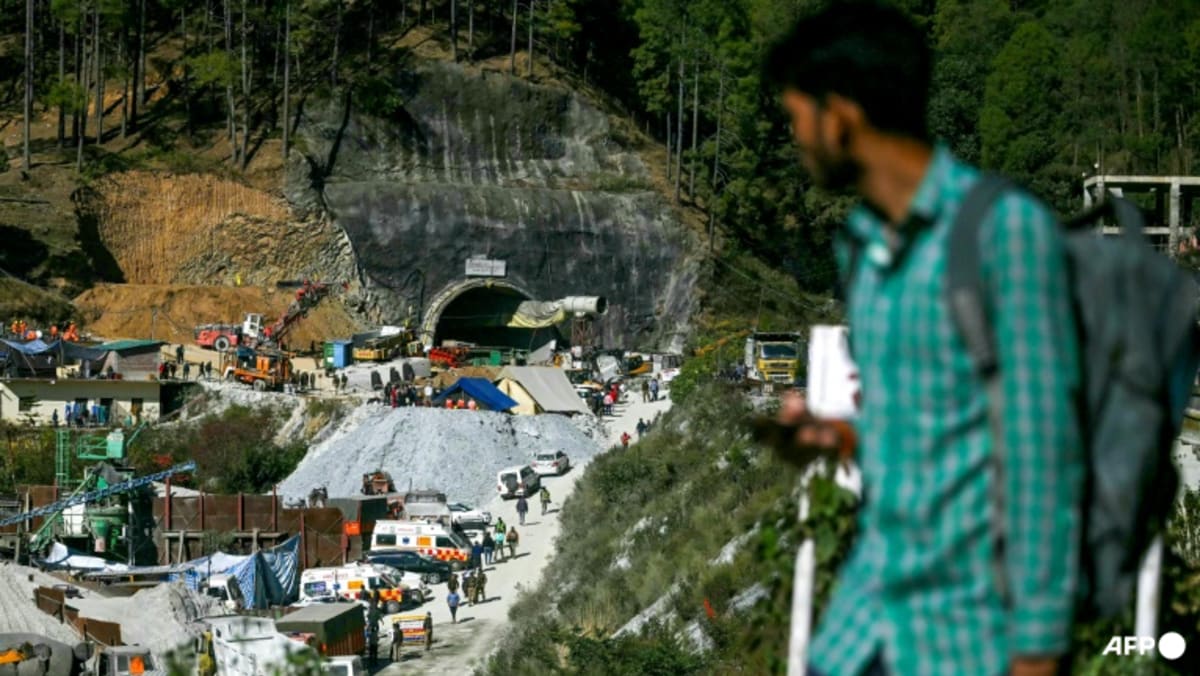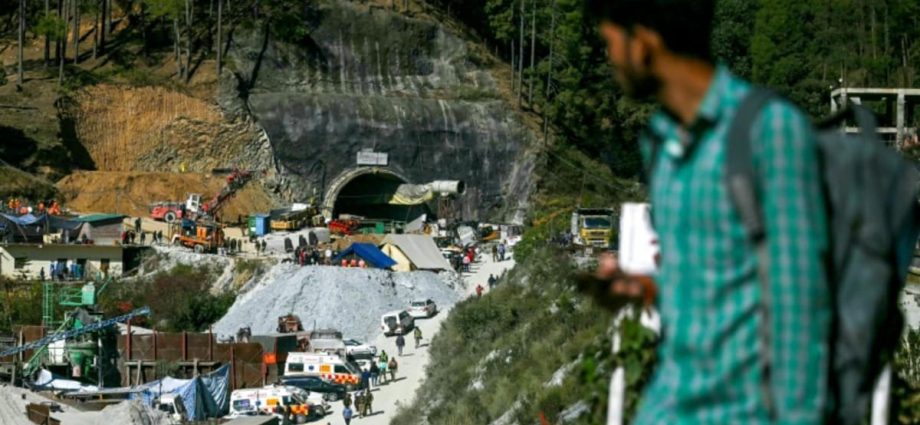
The Silkyara tunnel is part of Prime Minister Narendra Modi’s infrastructure project aimed at cutting travel times between some of the most popular Hindu temples in the country.
The 4.5km passage is meant to connect Uttarkashi and Yamunotri, two of the holiest sites.
For Modi, leader of the Hindu-nationalist Bharatiya Janata Party (BJP), the grand projects help burnish his appeal, with elections due next year.
But India’s projects are also focused on improving access to strategic areas bordering rival China.
New Delhi has been wary of Beijing’s growing military assertiveness and their 3,500km shared frontier has been a perennial source of tension.
“Tunnelling helps to reduce travel time and plays a strategic role by enabling quicker passage of defence armaments and military troops,” Chandra and Singla added.
“But, with the growing urgency to speed up construction, the manifold risks and challenges involved … are often ignored.”
“COURSE CORRECTION”
After the Silkyara collapse, the NHAI said it would assess all 29 under-construction tunnels to “ensure safety and adherence to the highest quality standards”.
Arnold Dix, president of the International Tunnelling and Underground Space Association, pointed out the advantages of building tunnels.
“The environmental footprint of a tunnel is likely to be less than the environmental footprint of a much larger and more complex road,” Dix told AFP at the Silkyara tunnel site, where he is helping rescue efforts.
Campaigners say that while development is needed, the breakneck pace is causing problems, including a surge of unregulated building development replacing the forests that helped keep hillsides stable.
“This decade … the Himalayas have been tunnelled, blasted, cut, gouged, turned to rubble and concretised as never before,” environmental campaigner Priyadarshini Patel wrote in the Times of India this week.
“The development model in this young, fragile mountain range has been disastrous and needs course correction,” added Patel, head of Ganga Ahvaan, a community group working to protect the Himalayas and the watershed of the Ganges river.
“Mega-projects are not what the Himalayas are about, culturally or geologically”.

